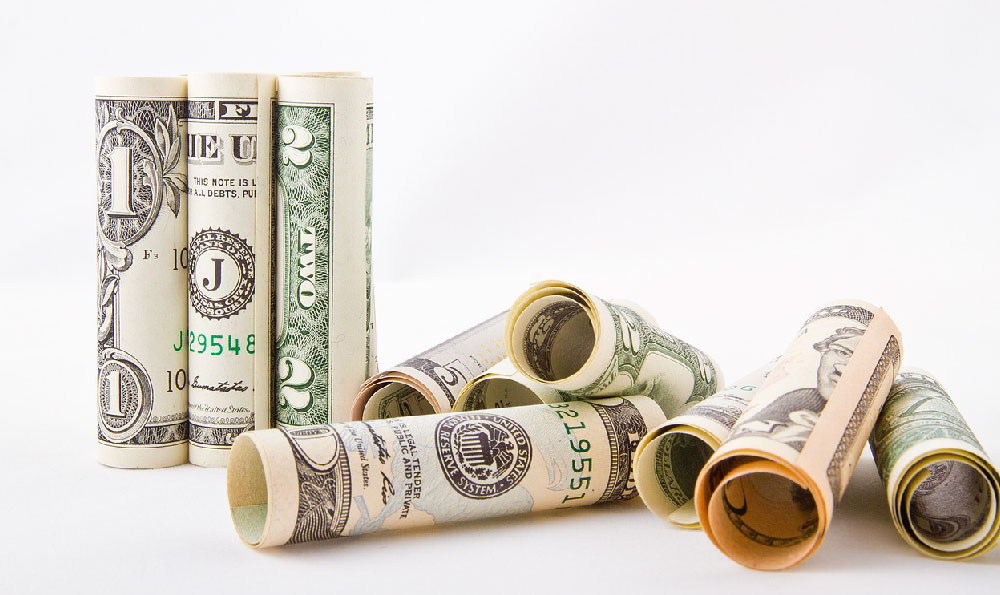How Much Did Barbie Make? What's Its Box Office?
The question of Barbie's financial success is layered, encompassing not just box office numbers, but also merchandise sales, ancillary revenue streams, and the long-term impact on the brand. To truly understand how much "Barbie made," we need to dissect each facet of its performance.
Let's start with the most readily available metric: the box office. Barbie's theatrical run was nothing short of phenomenal. It shattered records, becoming a cultural phenomenon as much as a financial one. Early estimates were optimistic, but the actual figures far surpassed expectations. The film quickly grossed hundreds of millions of dollars domestically and internationally, ultimately becoming one of the highest-grossing films of the year. While precise figures fluctuate based on reporting cycles and final theater agreements, we are talking about a figure that places Barbie in the upper echelons of cinematic history. The magnitude of this success is a testament to the film's wide appeal, clever marketing, and the built-in brand recognition of the Barbie name.
However, relying solely on box office receipts provides an incomplete picture. The revenue generated at the theater is only a portion of the overall profit. Consider the breakdown: a significant percentage of ticket sales goes to the theaters themselves, leaving the studio, Warner Bros., with a smaller, albeit still substantial, cut. Moreover, marketing and distribution costs, often exceeding tens of millions of dollars, must be recouped before the film officially enters profitability. So, while a billion-dollar box office is impressive, it doesn't translate directly into a billion-dollar profit for the studio.

The true financial power of Barbie lies in its ancillary revenue streams. These are the sources of income that extend beyond the theatrical release and contribute significantly to the film's overall earnings. One crucial element is home entertainment. Digital sales and rentals, Blu-ray and DVD sales, and streaming licensing agreements all generate substantial revenue. Given Barbie's popularity, its performance in the home entertainment market is expected to be exceptionally strong. Streaming rights, in particular, can command significant fees, as various platforms compete for exclusive access to the film.
Merchandise sales are another critical component. The Barbie brand is already a global juggernaut, and the release of the film has only amplified its presence in the marketplace. Everything from clothing and accessories to toys and collectibles has seen a surge in demand. Licensing agreements with various manufacturers allow Warner Bros. to capitalize on this demand without directly producing the merchandise themselves. These licensing fees contribute significantly to the film's overall profitability. Consider the sheer volume of Barbie-related products already available, and the potential for future releases, and you begin to grasp the magnitude of this revenue stream. It extends beyond just children's toys; adult apparel, home goods, and even themed experiences are all contributing to the overall financial success.
Furthermore, we must consider the long-term impact of the film on the Barbie brand itself. The movie revitalized the brand, introducing it to a new generation and reaffirming its relevance for existing fans. This renewed interest translates into increased sales of Barbie dolls and related products, benefiting Mattel, the parent company. The film served as a powerful marketing tool, showcasing the brand's versatility and its ability to adapt to changing times. The resurgence of Barbie's popularity could lead to years of increased revenue for Mattel, making the film a strategic investment as much as a financial success.
Looking beyond direct revenue, we should also consider the "soft power" of the Barbie film. Its cultural impact is undeniable, sparking conversations about feminism, identity, and societal expectations. This widespread attention, even when critical, has kept the Barbie brand in the spotlight, further solidifying its cultural relevance. This heightened visibility can translate into future opportunities, such as sequels, spin-offs, or other media adaptations, all of which have the potential to generate additional revenue.
Finally, assessing the true financial impact requires considering the film's performance relative to its budget. While the exact production budget is often closely guarded, estimates place it in the range of a substantial sum. A film with a large budget needs to generate significantly more revenue to be considered a success. Given Barbie's impressive box office and ancillary revenue, it is safe to say that the film has far surpassed its break-even point and is generating substantial profits.
In conclusion, while nailing down a single definitive number for "how much Barbie made" is challenging due to the various revenue streams and ongoing performance, it's clear that the film's financial success is immense and multifaceted. It's not just about box office receipts; it's about the long-term impact on the Barbie brand, the power of ancillary revenue streams, and the film's overall cultural influence. The movie is a triumph that shows how a well-crafted movie, backed by clever marketing, can turn a well-known name into a massive financial hit. The full impact is something we will be observing for years to come.















